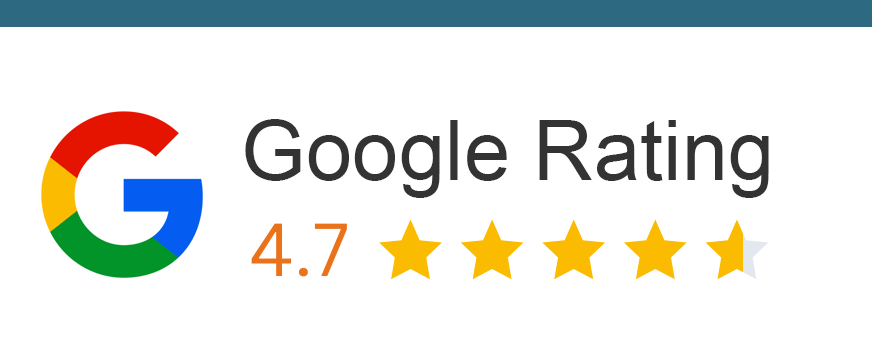At some point in life, most of us feel the need to borrow money. It could be for several reasons – upgrading your home, covering emergency medical bills, fulfilling important life goals and financial milestones or simply regulating household cash flow. Both personal loans and Lines of Credit can help you accomplish these goals.
Personal loans go by the alias of ‘signature loans’ for some – once you qualify, all you need to get your loan is a signature. These loans help you cope with the expenses through easy monthly instalments over a fixed period.
Lines of Credit also give you quick access to funds but in the form of revolving credit. This article explores both these financial products in detail. Read on to find out which product is better suited for your financial requirements.
A personal loan is an unsecured credit solution that you can borrow to cover various expenses – unexpected bills or minor projects. These loans are relatively easier to access because you don’t need collateral to secure this loan.
Personal loans allow you to spread the cost of your expense or venture into affordable monthly instalments over a fixed repayment period. You’ll essentially owe the same amount of money on your loan each month until the loan is paid off in its entirety.
Fixed instalments help you keep on top of your repayments. It is easier to incorporate a fixed repayment into your monthly budget. Having an idea of how much you’ll need to pay each month makes it easier to set aside money, reducing the chances of a repayment failure.
Different lenders have different borrowing limits, term plans and interest rates. Although, the average loan amount for personal loans in the UK ranges from £1000 – £35,000, at an average interest rate of 5 – 35%.
The interest rates that lenders offer you depend primarily on your credit score. Credit score allows lenders to check your creditworthiness to assess their risk proposition in granting you a loan. The higher your credit score, the better offers you receive.
For instance, applicants with a rusty credit score may not be able to enjoy competitive interest rates and terms (higher borrowing limit, longer-term, etc.) on personal loan offers. Conversely, a good credit borrower is more likely to qualify for competitive terms and interest rates.
For people struggling with bad credit, a personal loan can be an opportunity to climb up the credit score ladder. Ensure timely repayments toward your loans. Each missed payment could cost you 80 points from your credit score.
Moreover, if you default on your loan payments, the lender could get a CCJ issued against you. A CCJ eats away 250 points from your credit score and stays on your file for six years, impeding your chances of securing credit in the future. So, evaluate your affordability before applying for a loan.
Typically, you can borrow anywhere between £1000 and £35,000 with personal loans. Although, borrowing limits can vary among different lenders, with some lending up to £100,000. But, it would be best to borrow an amount that aligns with your financial constraints.
Your credit history and financial circumstances determine the borrowing limit that a lender would set for you. For instance, a good score, stable income and employment history could strengthen your application if you wish to borrow a more significant amount of money.
Contrarily, it may be tough for someone with a rusty credit history to find a lender willing to grant a sizeable loan amount. Therefore, it is best to check a lender’s checklist before applying with them – they may not be a suitable match.
The crux of the matter is to borrow an amount that suits your financial circumstances to avoid challenges while paying it back.
Here’s a basic eligibility checklist for personal loans:
Here’s what lenders look at when they assess your loan application – this varies among different lenders:
Personal loans are a quick and affordable solution to your money woes. Once you qualify for a personal loan, you might receive the funds within a matter of a few days. Plus, online lenders and brokers provide you with the convenience of applying from the comfort of your home.
Personal Loans: Personal loans are one of the most versatile credit solutions that you can borrow without collateral security. These loans aren’t earmarked for special purposes, so you can use them to solve various purposes. Personal loans are disbursed as a lump sum, but the repayments are spread across a fixed period. In addition, fixed and affordable monthly instalments drastically ease the repayment process. People usually borrow £1000 – £35,000 with personal loans, making them an ideal choice for both long-term and short-term financing.
Lines of Credit: Lines of credit are more synonymous with credit cards than personal loans. This is a type of revolving credit wherein a lender approves you for a certain amount when you apply. Now, instead of getting the loan amount as a lump sum, you can withdraw money up to that amount as and when you need to. Plus, you will only be required to pay interest on the amount you use rather than the entire sum. You can make repayments through fixed monthly instalments.
Evidently, most people use Lines of Credit for expenses that don’t have a fixed cost. For fixed price expenses, you may be better off using a personal loan.
Both personal loan and lines of credit give you quick access to funds, but they function distinctively. Personal loans are disbursed as a lump sum, while a Line of Credit is a revolving credit that you can borrow on an ‘as-needed basis.
It is important to remember that both credit solutions have repayment implications. Therefore, a good way to go about it would be to work up a tentative repayment plan and check if you can accommodate the repayments in your budget.
Borrowing within your means and running research on both the products will help you choose the most suitable option.
